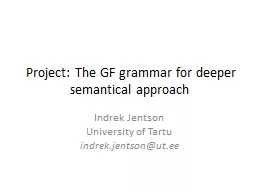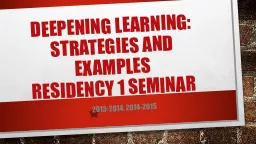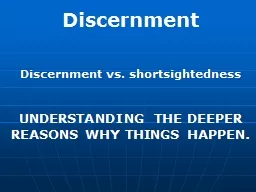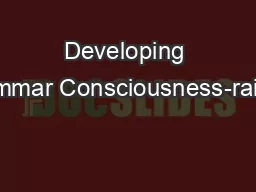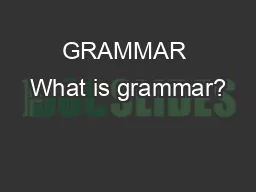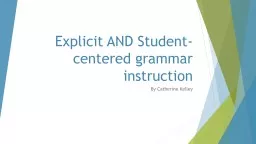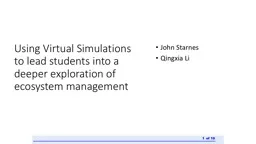PPT-Project: The GF grammar for deeper semantical approach
Author : conchita-marotz | Published Date : 2015-11-23
Indrek Jentson University of Tartu indrekjentsonutee VerbNet VerbNet 32 covers 6340 English verbs in 273 classes and 214 subclasses Each VN class contains
Presentation Embed Code
Download Presentation
Download Presentation The PPT/PDF document "Project: The GF grammar for deeper seman..." is the property of its rightful owner. Permission is granted to download and print the materials on this website for personal, non-commercial use only, and to display it on your personal computer provided you do not modify the materials and that you retain all copyright notices contained in the materials. By downloading content from our website, you accept the terms of this agreement.
Project: The GF grammar for deeper semantical approach: Transcript
Download Rules Of Document
"Project: The GF grammar for deeper semantical approach"The content belongs to its owner. You may download and print it for personal use, without modification, and keep all copyright notices. By downloading, you agree to these terms.
Related Documents

